To many outside the industrial & logistics sector it can often appear that such developments do not create social value, with observers having an outdated perception of warehouse space and its occupiers. However, these companies can provide significant economic benefit via their wider supply chains, in particular through employment such as apprenticeships, training and upskilling opportunities for people within the local community.
The reality is that jobs within the sector can range from entry level graduates to highly skilled engineering and management roles. Yet, when it comes to the planning process, wider supply chain employment is often overlooked in favour of the higher on-site job densities for retail and office uses.
In many cases, however, these office and retail jobs envisaged in Local Plans often fail to materialise as these uses are simply not viable to build in many locations across the UK. In contrast, the significant demand for warehouse space, coupled with increasingly high industrial land values, makes development not only viable, but beneficial.
For instance, in terms of wider supply chain employment, production plants and warehouses require goods to be transported and delivered between their suppliers and end use customers. In turn, this creates the need for drivers of Heavy Good Vehicles (HGVs) and Light Goods Vehicles (LGVs). In fact, applications for LGV licences alone have increased by 83 per cent over the last two decades in response to the rise in online retail. This subsequently creates jobs involved in their manufacturing, maintenance and repair, particularly as new technology is adopted to help ‘green’ vehicle fleets and reduce their carbon emissions.
The growth of the UK’s freight industry is also creating significant employment. Industrial & logistics facilities provide the critical link in the chain alongside ports, airports, rail freight interchanges and motorways in enabling goods to enter, leave and move around the country.
Like warehouses and factories, these freight handling facilities generate jobs to drive the planes, trains and boats, as well as operational roles at airports, ports and other associated buildings.
In a recent report co-authored with the British Property Federation (Levelling Up – The Logic of Logistics), Savills noted that future industrial & logistics needs in England could be more than 44 million sq ft per annum. This is an uplift of 29 per cent against the historic 10 year trend and also accounts for suppressed demand (demand that has not been accommodated historically due to the lack of available supply). If facilitated, this should give rise to a vast construction programme that will support as many as 45,400 jobs annually.
Taking into consideration local procurement benefits, this construction programme is likely to generate £440 million of social value for local communities
What’s more, the sector also delivers on average 41,400 apprenticeships starts per year. This is particularly important given the high levels of youth unemployment in England, which currently stands at 14.6 per cent. If this expansion remains consistent with Savills estimate of future demand, the number of apprenticeships could grow to 53,000 starts annually, which is equivalent to over half a million apprentices over the next 10 years.
Ultimately, we must start to think outside the box and see the value in industrial & logistics space.
FURTHER INFORMATION
Contact Kevin Mofid or Mark Powney
Levelling Up – The Logic of Logistics
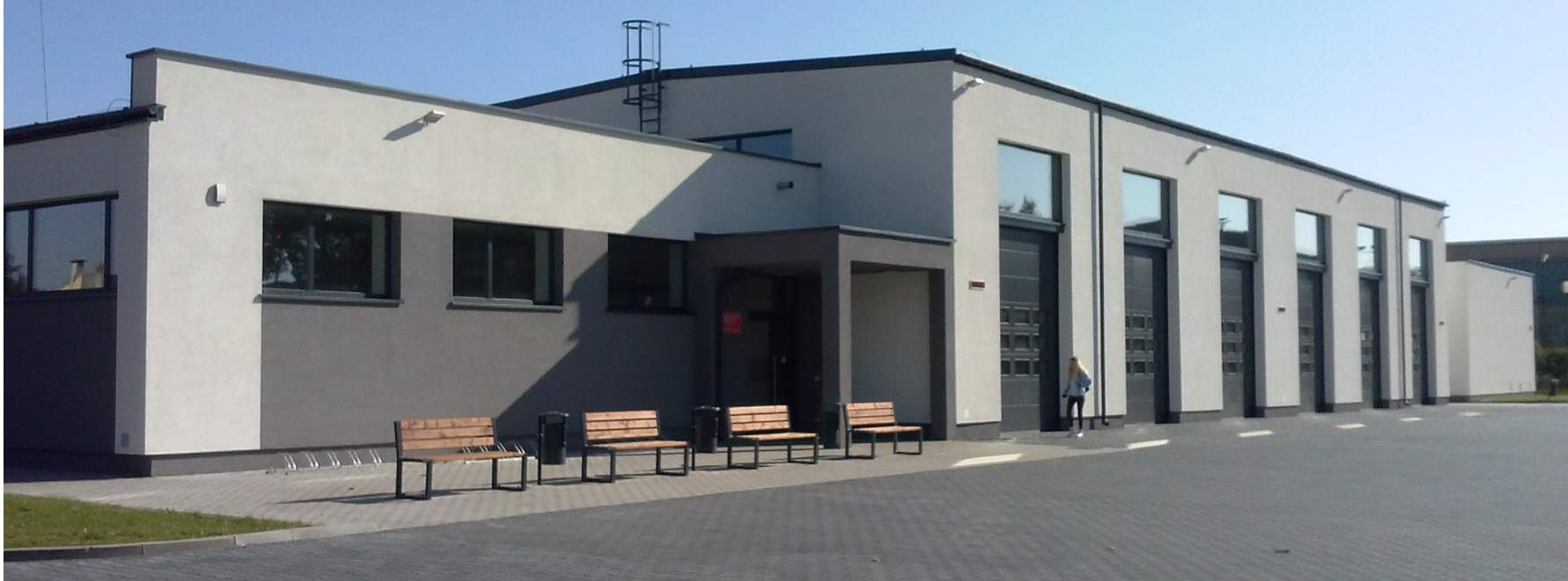

.jpg)
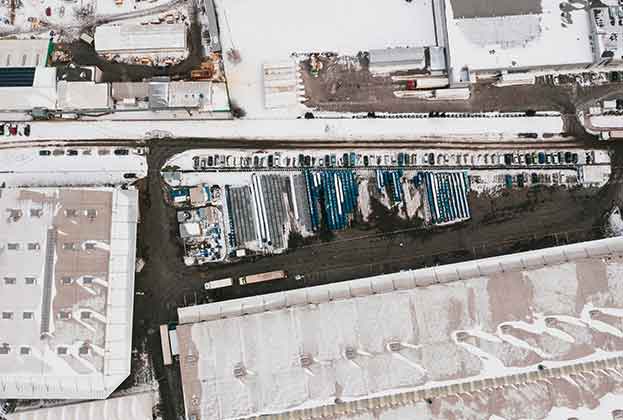
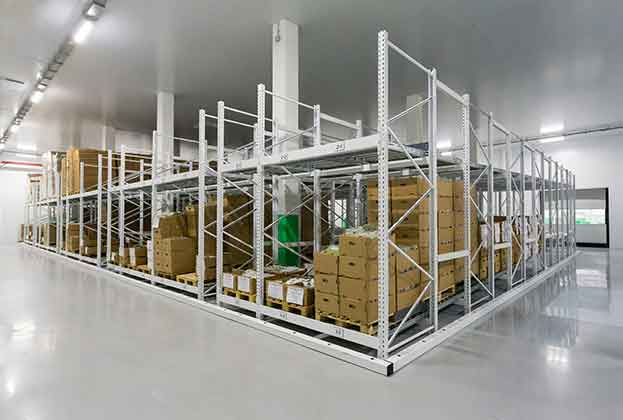
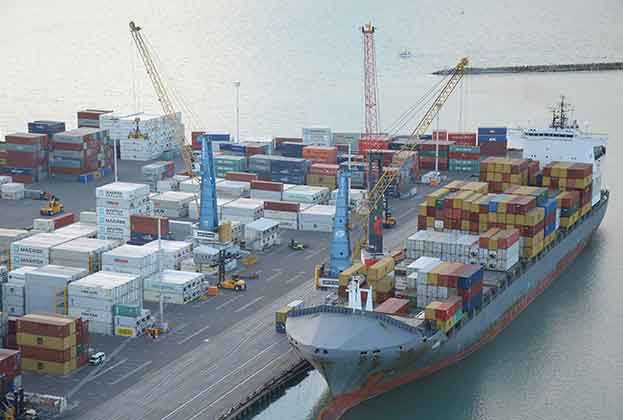
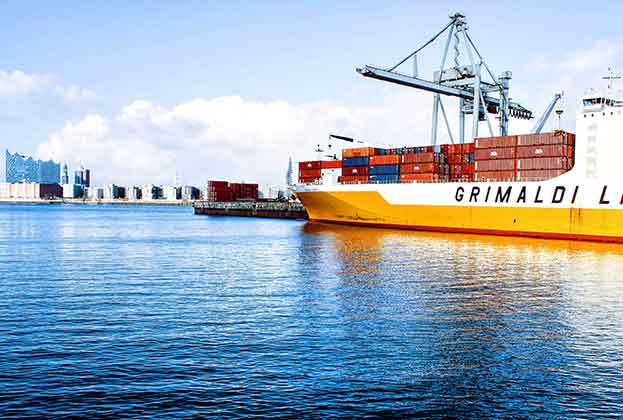

.jpg)

.jpg)